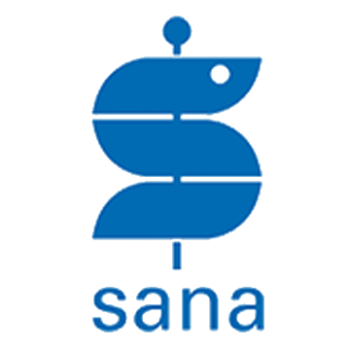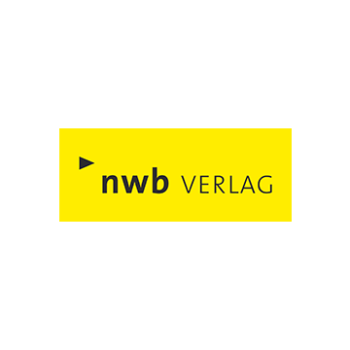d.velop SharePoint Document Management
for Microsoft 365
Based on Microsoft 365, d.velop documents for M365 provides functions that further develop the platform into a professional and comprehensive document management system (DMS). Digital files, a full-text and metadata search, template management and workflows help with the context-related provision of information and the digitalisation of business processes. This brings the following advantages:
- No need to switch between different applications thanks to integration options in familiar interfaces such as Microsoft Teams & Outlook, SAP, Salesforce and Dynamics 365
- Acceleration of information procurement in daily work
- Utilisation of the existing Microsoft 365 platform and SharePoint Online
- 100 % Efficiency in daily work
- 47 Trees per working life can be saved on average by an individual employee with a digital DMS
- 1.5 Hours Save time by finding things quickly with a DMS

Whitepaper
Integrated document management with SharePoint / Microsoft 365
Almost nothing works in most companies without ERP and CRM – but company data and document processing usually involves awkward switching between different media and systems. The integration of standard applications with SharePoint / Microsoft 365 makes it possible to implement seamless digital processes.
Learn in this white paper how integrated content services can be used to implement seamless, end-to-end digital solutions in SharePoint / Microsoft 365.
Core functions of d.velop SharePoint document management for Microsoft 365
- Quick Actions: Configurable access to useful SharePoint functions and workflows.
- Intuitive Navigation: User-friendly navigation provides users with all the information they need at a glance.
- User voting system: Feedback area to request and rate new features.
- Speedy searching: Integrated quick search to directly access more SharePoint content.
- Preview: Preview SharePoint content with edit-in-browser function for all Office formats.
- Meta information: Overview and automated inheritance of metadata.
Reasons for document management with SharePoint and Microsoft 365
Digital files – the centrepiece of your DMS
Digital files can be created for all requirements, sectors or needs. The use of files is diverse. Customers of d.velop use standardised files, e.g:
- Customer files
- Supplier files
- Personnel files
- Project files
- Facility management files
Document management with d.velop for Microsoft 365 combined with Dynamics 365, Teams and SharePoint
In this session, we will show you how information silos can be easily broken down.
So that employees get the right 360° view of the relevant information directly in their leading application (e.g. F&O, Teams, Outlook) and therefore are able to work effectively.
Complement document management with Microsoft 365 with other products & solutions
There are many different documents and use cases that need to be sorted and stored efficiently. Depending on the requirements, certain functions become necessary. We have specialized in this and continue to develop the systems close to the user.
Find out more about your individual use case.
Useful content around document management in SharePoint
FAQ
Frequently asked questions and answers about document management with SharePoint
Microsoft offers great basic functions for document management, such as versioning or the ability to maintain meta information on documents. However, this meta information would have to be maintained manually. Important interfaces to ERP/CRM systems, integration in Outlook or the possibility to work with virtual files are not available in the Microsoft standard. This is exactly where d.velop comes into play and expands Microsoft 365 into a complete platform for document management.
All documents are stored in your Microsoft 365 tenant in SharePoint document libraries. You have full access to all documents at all times.
Yes, you can create your own file structures with a little practice.
There are two ways to determine metadata:
1. documents are dropped onto a file via drag & drop (e.g. either in Outlook or in the browser).
If documents are dropped via drag & drop, meta information is determined using existing file information.
2. documents are automatically read by our classification software.
The classification software reads the entire document via OCR and then classifies it in detail.
There are two options for sharing and editing documents with external partners:
1. sharing individual documents
2. sharing several documentsTeilen von mehreren Dokumenten
The first option could be, for example, an elaboration that is prepared jointly with an external in-house lawyer or a customer/supplier.
In this case, the sharing function, which can be called up directly from the file, provides support.
Depending on the settings on the respective customer system, sharing with external persons outside the organisation is activated or deactivated. Adjustments may need to be made in the administration to enable external sharing.
The second variant often comes into play when the current process involves a larger project. One example would be if several documents from a file structure are to be made available to subcontractors for downloading or editing.
In this case, you would need to discuss in more detail what is important in your specific case. The most common variant is that documents can be made available for download or editing in a protected SharePoint area.
Software Demo
Experience digital document management with SharePoint live
Would you like to experience digital document management with SharePoint in Microsoft 365 live? Then simply fill out the form and book a software demo.












